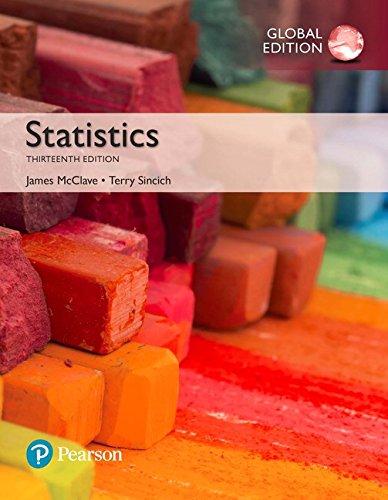Cry wolf effect in air traffic controlling. Researchers at Alion Science Corporation and New Mexico State University
Question:
“Cry wolf” effect in air traffic controlling. Researchers at Alion Science Corporation and New Mexico State University collaborated on a study of how air traffic controllers respond to false alarms (Human Factors, Aug. 2009). The researchers theorize that the high rate of false alarms regarding midair collisions leads to the “cry wolf” effect, i.e., the tendency for air traffic controllers to ignore true alerts in the future. The investigation examined data on a random sample of 437 conflict alerts. Each alert was first classified as a “true” or “false”
alert. Then, each was classified according to whether there was a human controller response to the alert. The number of the 437 alerts that fall into each of the combined categories is given as follows: True alert/No response–3; True alert/Response–231; False alert/No response–37; False alert/
Response–166. This summary information is saved in the ATC file. Do the data indicate that the response rate of air traffic controllers to midair collision alarms differs for true and false alerts? Test using a = .05. What inference can you make concerning the “cry wolf” effect?
Step by Step Answer:






